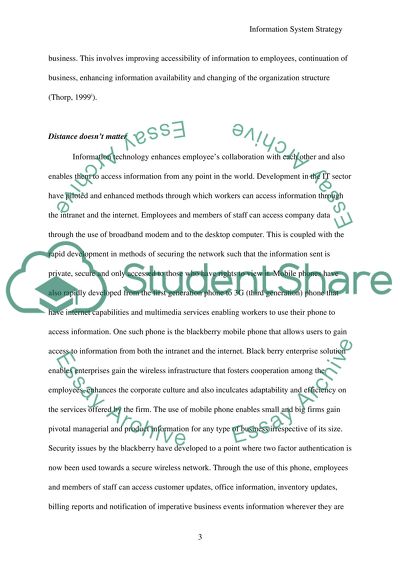Cite this document
(Information System Strategy Research Paper Example | Topics and Well Written Essays - 3000 words, n.d.)
Information System Strategy Research Paper Example | Topics and Well Written Essays - 3000 words. Retrieved from https://studentshare.org/information-technology/1520189-information-system-strategy
Information System Strategy Research Paper Example | Topics and Well Written Essays - 3000 words. Retrieved from https://studentshare.org/information-technology/1520189-information-system-strategy
(Information System Strategy Research Paper Example | Topics and Well Written Essays - 3000 Words)
Information System Strategy Research Paper Example | Topics and Well Written Essays - 3000 Words. https://studentshare.org/information-technology/1520189-information-system-strategy.
Information System Strategy Research Paper Example | Topics and Well Written Essays - 3000 Words. https://studentshare.org/information-technology/1520189-information-system-strategy.
“Information System Strategy Research Paper Example | Topics and Well Written Essays - 3000 Words”, n.d. https://studentshare.org/information-technology/1520189-information-system-strategy.


